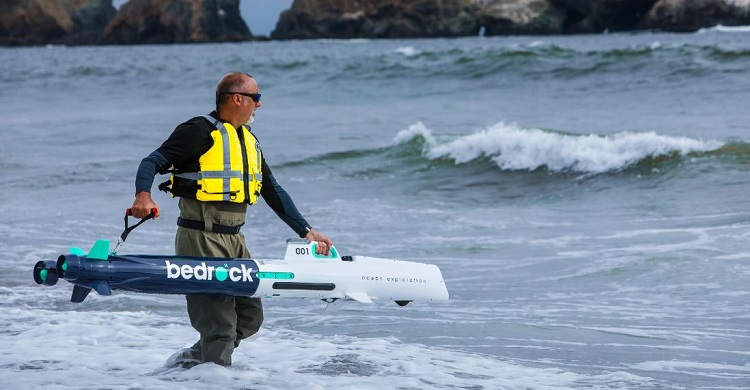
- Information Technology
- Lead News
Robots of electric are mapping the seafloor, Earth's last frontier
- Information Technology
- Lead News
- 27 October, 2021 20:17:11
CNI Desk:; For centuries, humans have explored the Earth's mountains, jungles and deserts. But despite covering more than 70% of the Earth's surface, the ocean is still a relative mystery. In fact, we know more about the surface of Mars than we do about the sea floor; just over 20% of the ocean bed has been mapped.
Getting a fuller picture would enable us to navigate ships more safely, create more accurate climate models, lay down telecommunication cables, build offshore windfarms and protect marine species -- all part of what's known as the "blue economy," projected to be worth $3 trillion by 2030.
Underwater robotic vehicles equipped with sensors are helping gather that data quicker and more cheaply than ever before. But many of these vehicles rely on batteries with a limited lifespan, and need to return to a boat or the shore to recharge, making it difficult for them to map more remote parts of the sea.
A five-year-old startup called Seatrec is rising to the challenge, founded by oceanographer Yi Chao. While working at NASA, he developed technology to power ocean robots by harnessing "the naturally occurring temperature difference" of the sea, Chao told CNN Business.
Greener and cheaper
The power module can be installed on existing data-gathering robots or Seatrec's own floating device. This dives a kilometer down to examine the chemistry and shape of the seabed, using sonar to create a map of the surrounding area. The robot returns to the surface to send back its findings via satellite.
As the float moves between colder and warmer parts of the ocean, material inside the module either melts or solidifies, causing pressure that in turn creates thermal energy and powers the robot's generator.
"They get charged by the sea, so they can extend their lifetime almost indefinitely," Chao said.
A basic float model typically costs around $20,000. Attaching Seatrec's energy system adds another $25,000, Chao said.
But the access to free, renewable energy and the ability to stay in the water longer makes data gathering up to five times cheaper in the long run, according to Chao. He said the startup is making fewer than 100 devices per year, primarily for marine researchers, but the technology is easily scalable -- Seatrec's energy module can also be can be retrofitted onto existing mapping devices to extend their range




























Comment ( 0)